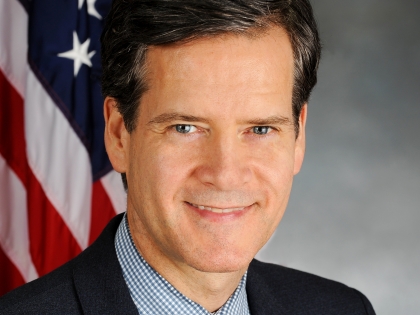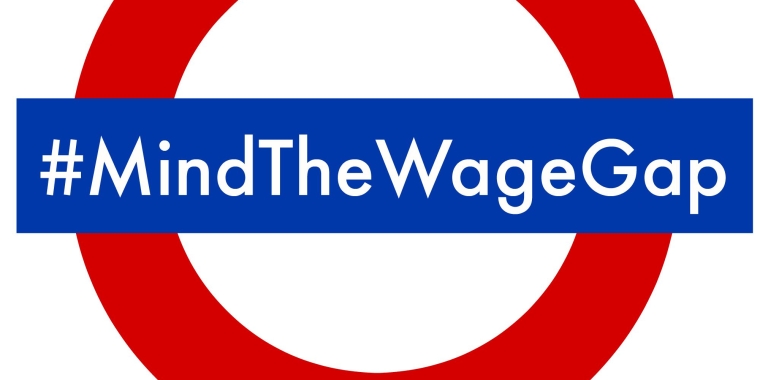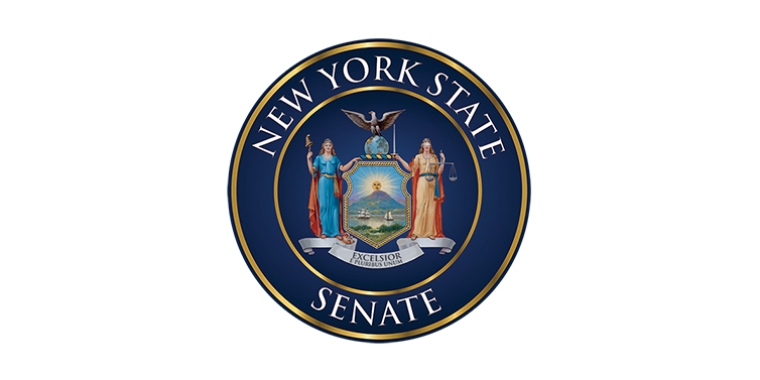
HOYLMAN APPLAUDS EXECUTIVE ORDER BASED ON HIS PROPOSAL TO CURB NEW YORK’S WAGE GAP
January 12, 2017

Hoylman: When It Comes To Closing The Wage Gap, Sunlight Is The Best Disinfectant.”
NEW YORK – Today, State Senator Brad Hoylman (D/WF-Manhattan) praised Governor Cuomo’s new executive order aimed at helping eliminate New York State’s unfair and discriminatory pay gap. The action mirrors legislation that Hoylman and Assemblymember Deborah Glick first introduced in 2015.
State Senator Hoylman said: “When it comes to closing the gender wage gap, sunlight is the best disinfectant. Wage discrimination is unacceptable – plain and simple – and sends a message that women are worth less than men.
“Governor Cuomo’s executive order requiring state contractors to disclose data on the gender, race and ethnicity of employees – a proposal based on legislation I introduced in 2015 – will shine a critical light on pay disparities in the workplace and help close the wage gap,” Hoylman continued. “Disclosure will help incentivize companies that do business with New York to take steps to close their wage gap and, in the process, ensure that equal pay for equal work prevails in the Empire State. I applaud the Governor for this important action.”
In October 2015, during a press conference at the site of the historic Triangle Shirtwaist Fire, State Senator Brad Hoylman and Assemblymember Glick announced legislation to combat wage discrimination in New York State. The bill would require any company seeking a contract or doing business with the state to publicly report their wage gap based on gender, race and ethnicity.
Even when controlling for education, race, and age, women who work full time are paid just 78 cents for every dollar men make on average. New York performs only slightly better than the national average -- 86 cents for every dollar.
According to a recent study by the Institute for Women’s Policy Research, the wage gap – the difference between the average wages of male and female employees holding similar positions – will not close until at least 2058. Significantly, women of color face even greater wage inequality, with African American and Hispanic women making just 64 and 55 cents to every dollar a white man makes, respectively.

